In the early 1950s, Packard – a prestigious American luxury car maker many have long forgotten – was seeking ways to rejuvenate its styling and remain competitive in a rapidly changing postwar market. Many U.S. automakers began looking to European coachbuilders for fresh design inspiration, and Packard was no exception. Italian design house Carrozzeria Pinin Farina (later Pininfarina), led by Battista “Pinin” Farina, had gained international acclaim for its elegant postwar designs (notably the 1947 Cisitalia 202, which was displayed in the Museum of Modern Art in 1951). This caught the attention of American companies – Nash famously partnered with Pinin Farina around this time – and Packard explored a similar collaboration. It was in this context that the idea for a Pinin Farina-styled Packard grand touring coupe emerged in 1952. Packard commissioned Pinin Farina to pen a European-influenced show car, hoping to blend Packard’s traditional luxury with the Continental flair that was in vogue.
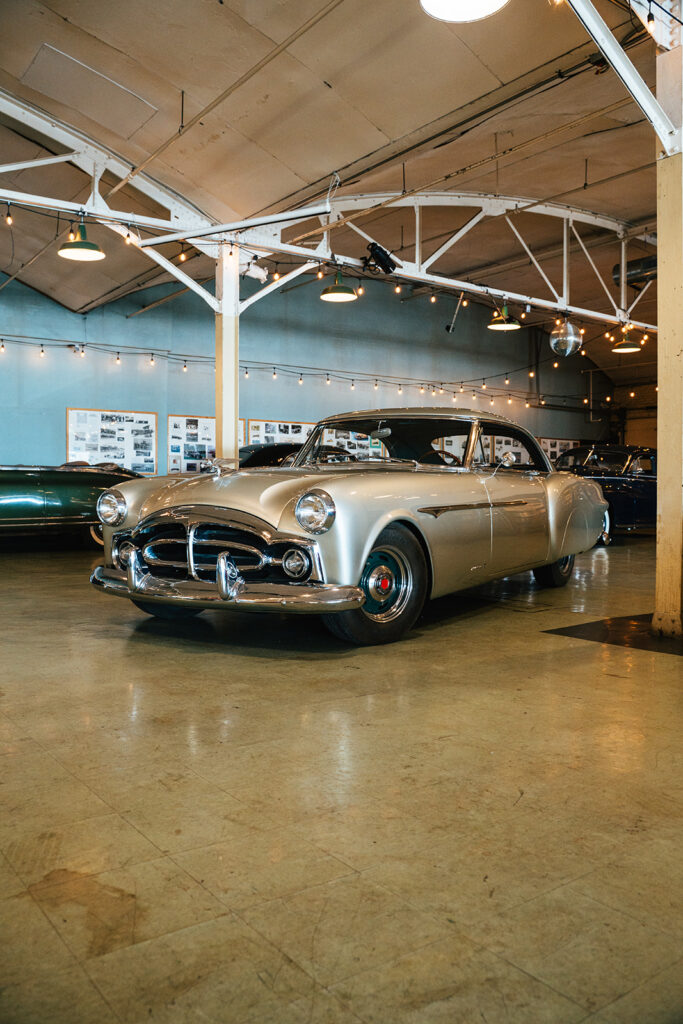
Packard Parisian Coupe: Design and Styling by Pinin Farina
The Packard Parisian Coupe showcases a harmonious blend of American luxury and Italian elegance. The front end retains classic Packard elements – an upright oxbow-shaped chrome grille and the famed winged Cormorant hood ornament – underscoring the car’s Packard identity. In profile, however, the influence of Pinin Farina is evident in the clean, flowing lines and low-slung roofline that sweeps back into a sleek fastback rear. The greenhouse (window area) is pillarless and airy like a European grand tourer, though an interesting design quirk is that the small rear quarter windows do not roll down due to lack of clearance above the rear wheel wells in the fastback body. At the tail, the Parisian features subtle tailfins integrated into the rear fenders, capped with bullet-shaped taillights – a hint of 1950s flair executed in a restrained, Continental fashion. Overall, Pinin Farina’s design was “the perfect blend of traditional Packard elegance with a modern and European flair,” as one account noted. The car’s sleek silver-grey finish (as on the recreated example) further accentuates its smooth curves and refined details, making it look every bit the Italian-styled Gran Turismo that Packard had envisioned. Inside the Parisian, one would expect a luxurious interior befitting a Packard – leather upholstery, a walnut dash, and modern conveniences – though in practice the single prototype was built using a Packard Mayfair donor car’s interior with custom enhancements. Pinin Farina’s styling influence is mostly seen on the exterior; the interior remained relatively close to stock Packard design, offering ample seating for five and a well-appointed cabin, consistent with Packard’s upscale image in the early 1950s.
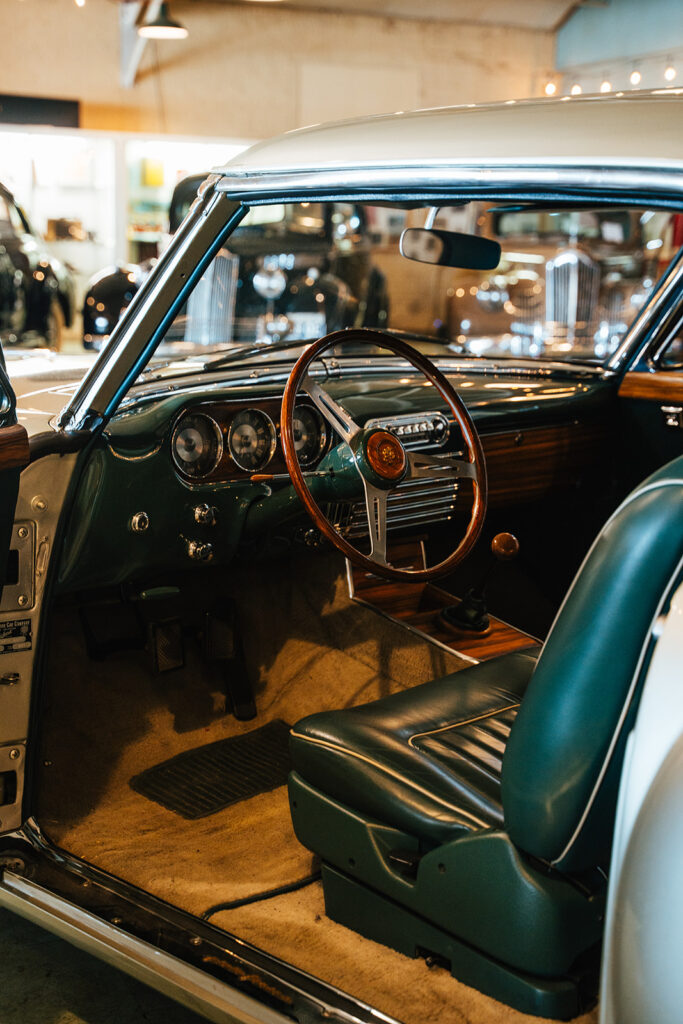
Technical Specifications and Engineering
Mechanically, the Packard Parisian Coupe was based on standard Packard running gear of its era, ensuring it had proven American engineering beneath its Italian-styled body. Here are the key technical specifications for the car as built:
- Engine: 327 cu.in. L-head (flathead) Straight-Eight, outputting approximately 150 bhp @ 3600 rpm. This torquey eight-cylinder was Packard’s workhorse in the early ’50s, providing smooth if not blistering performance. (Note: The recreated Parisian retained the Packard straight-eight engine, although it was repositioned further back in the chassis to improve weight distribution.)
- Transmission: 3-speed manual gearbox driving the rear wheels. (The modern builder actually fitted a 5-speed manual for better drivability, but the original concept would likely have used Packard’s column-shifted three-speed or Ultramatic automatic).
- Chassis: 127‑inch wheelbase, body-on-frame construction. The chassis started as a 1952 Packard 250 series Mayfair two-door hardtop platform, which was extensively modified – the body was “sectioned” (lowered) by about 3 inches, and the front end stretched to achieve the long hood proportions Pinin Farina’s drawings envisioned. The front overhang was trimmed and the engine set 14 inches further back to enhance the stance.
- Suspension: Independent front suspension (coil springs) and live rear axle with leaf springs (carryover Packard design).
- Brakes: Hydraulic drums on all four wheels, as was standard in 1952.
- Curb Weight: Approximately 4,000 lbs (≈1814 kg), reflecting its substantial Packard frame and straight-eight engine. Despite the added European styling touches, it remained a full-sized luxury coupe.
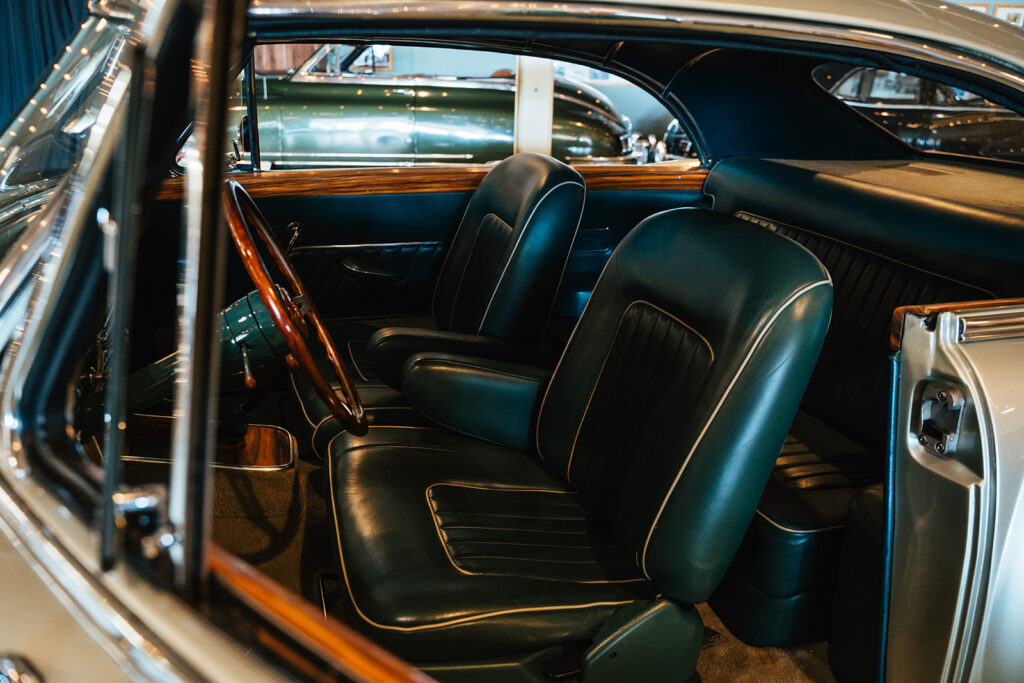
Other features included full instrumentation, a push-button radio, and likely power accessories (windows and seat) if it had been built by Packard in period. The one-off nature of the car means some components were custom-fabricated – for example, two sets of Packard rear fenders were used to form the unique tailfin contours during the 1990s build. In essence, the Parisian’s underpinnings were pure Packard, while its outward appearance was a bespoke creation marrying American substance with Italian style.
Prototype Status, Production Plans, and Rarity
The Packard Parisian Coupe by Pinin Farina was never put into production by Packard in the 1950s – in fact, not even a prototype was built at the time. Pinin Farina completed the design drawings, and it was envisioned as a limited-production specialty model (a luxurious European-style Packard coupe that select wealthy clients might order). However, once Packard evaluated the project, the estimated cost proved prohibitive. Period sources report that the projected price for each Parisian coupe would have exceeded $10,000 – an astronomical sum in 1952, when a typical new Packard sedan cost around $3,000. Faced with this cost “Achilles heel,” Packard’s management shelved the project before any could be built.
Thus, in 1952, the Parisian existed only on paper and in the imaginations of Packard and Pinin Farina. It was essentially a concept car that never officially materialized – sometimes referred to by historians as “the Packard that never was.” Only decades later would this car come to life as a singular custom build. In 1995, renowned Packard collector Carl Schneider acquired Pinin Farina’s original drawings (discovered at a Paris Retromobile automotive memorabilia show) and decided to commission a full-scale, working example of the 1952 Packard Parisian Coupe. Coachbuilder Peter Portugal was tasked with constructing the car to the exact specifications of the 1952 design, using an authentic ’52 Packard chassis and drivetrain as the starting point. The result of this labor of love is the one and only Packard Parisian Coupe ever built. It is truly a one-of-a-kind vehicle – effectively a concept car realized 40+ years later. No additional units were ever produced, making the Parisian extraordinarily rare. (In fact, Schneider went on to recreate two other Packard “dream cars” from unrealized 1950s designs, but the Parisian is unique in its Pinin Farina pedigree.)
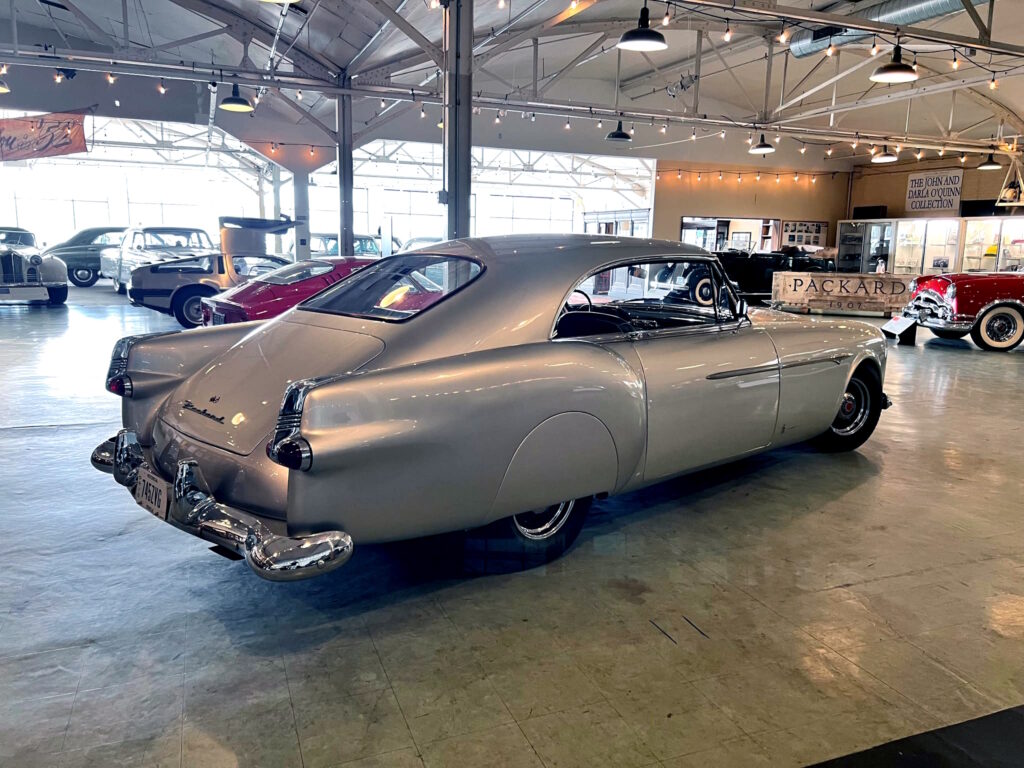
Public Showings and Exhibitions
Since its belated “birth,” the sole Packard Parisian has been exhibited at numerous prestigious events, often creating a buzz as a lost chapter of Packard history now made real. In 2002, it appeared at the Pebble Beach Concours d’Elegance – one of the world’s premier classic car shows – where enthusiasts dubbed it “the Packard that never was,” highlighting its backstory as a canceled project finally brought to life. The Parisian’s striking fastback form and silver finish have graced other major concours fields as well, such as the Beverly Hills Concours d’Elegance in 2009 and the Desert Classic Concours in Palm Springs (2014). Crowds are drawn to its unusual blend of familiar Packard front styling with the decidedly un-American roofline and tail treatment – it’s a conversation starter at every show. In 2015, it was shown at the Art Center College of Design’s Car Classic in California, fittingly celebrating the role of design in automotive history. More recently, the Parisian has appeared at regional events like the Glendale Gathering Car Show in Ohio, often taking home accolades (one viewer at that show in 2022 opined that it was “best in show” material). Wherever it goes, the 1952 Packard Parisian attracts attention as a rolling what-if story – a car that could have been a 1950s Packard production model, now making appearances decades later to show us what Packard and Pinin Farina had imagined.
It’s worth noting that because the Packard Parisian Coupe was built long after Packard’s demise (the marque ceased production in 1958), it’s usually shown in special classes or exhibitions for concept cars, one-offs, or American/European collaborations. It stands as a highlight in any such gathering. For instance, at the Pebble Beach 2002 display, it was featured alongside other custom-bodied Packards from various eras. Audiences not only appreciate its beauty but also the narrative – many are fascinated by the idea that this car was designed in 1952 but only constructed at the end of the 20th century. In every public showing, the Parisian serves as a tangible link between the classic Packard legacy and Italian automotive artistry, wowing the public and historians alike.
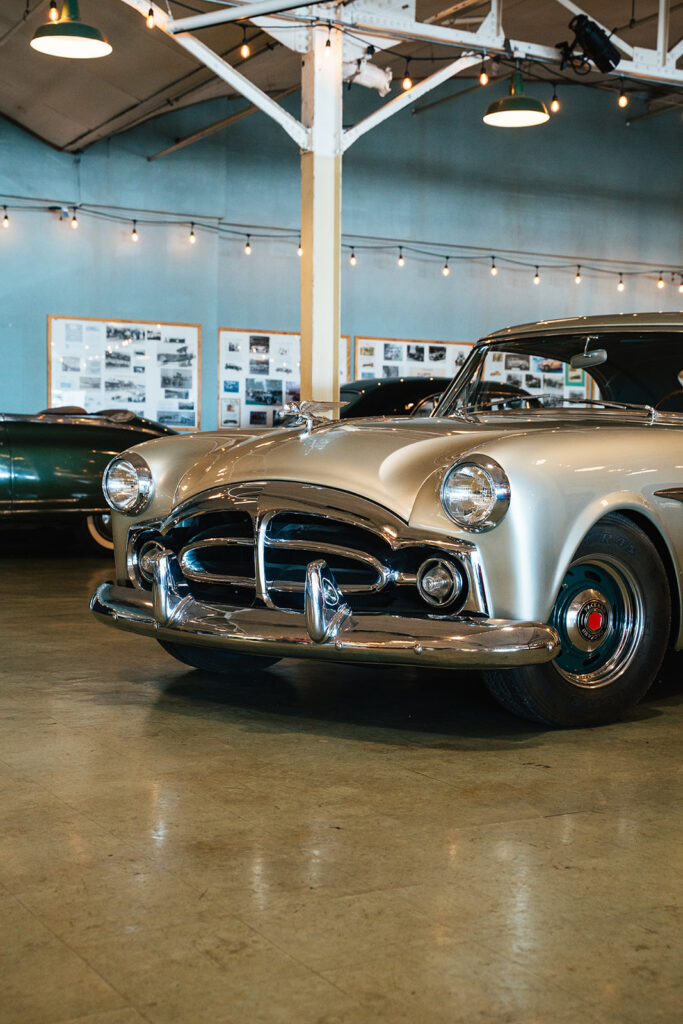
Who Owns The Packard Parisian Coupe?
Because the Packard Parisian is a one-off creation, its ownership history is very straightforward. The car was commissioned and built for Carl Schneider, the California-based collector who initiated the project in the 1990s. Schneider, an avid Packard enthusiast, essentially became the first owner of a “1952” Packard Parisian – over forty years after it was designed. He retained the car and actively showcased it at various events over the years, as noted above. Schneider is also known to have been involved with America’s Packard Museum and the Packard Automobile Classics club, suggesting he has publicly shared the car rather than keeping it hidden away.
To date, there is no record of the Packard Parisian being sold at a public auction, and it is believed to remain either in Schneider’s ownership or held in trust for display at the museum. There have been no changes in ownership announced, nor any known attempts to sell it, which is not surprising given its uniqueness and the personal passion involved in its creation. In essence, the Parisian is more akin to a museum piece or a concept car in a factory collection than a typical collectible car that trades among private owners. It has made appearances at auction house events in a display capacity (for example, concept cars often appear at concours associated with auction weekends), but it has not been under the gavel. Any notable transactions would certainly have been reported in the automotive press, and none have surfaced. This suggests that Schneider (or his estate/collection) still holds the vehicle and is dedicated to preserving it. In fact, Schneider has donated or lent other Packards to museums, and the Parisian itself has effectively been on loan for public enjoyment for many years. If the car were ever to be sold, it would undoubtedly generate significant interest due to its story and design – but as of now, it remains off the market.
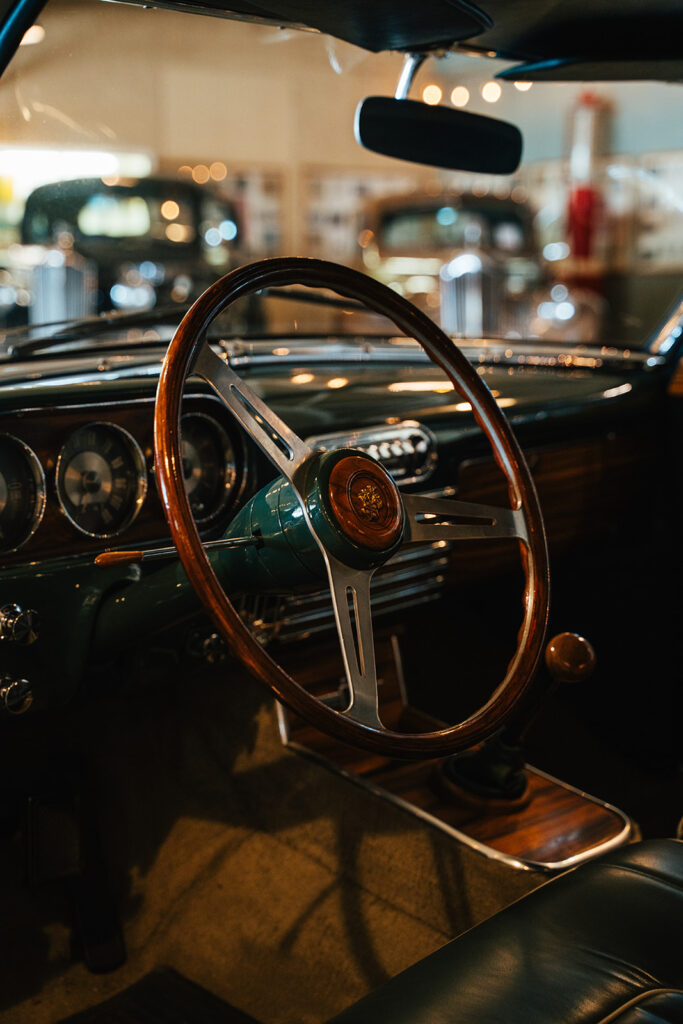
Current Location and Surviving Example
As a singular creation, the only surviving Packard Parisian Coupe is the one built in 1995. Fortunately for the public, this car can be seen on display rather than locked away. The Packard Parisian now resides at America’s Packard Museum in Dayton, Ohio – either as a long-term loan or part of the museum’s collection. America’s Packard Museum (also known as The Citizens Motorcar Company Museum) specializes in preserving Packard heritage, and the Parisian occupies a special spot as a what-if prototype amid the production Packards. Museum visitors can admire its sleek lines in person, and it is often highlighted as a star attraction. The museum’s exhibit label notes the car’s specifications (327 cid engine, 127″ wheelbase, etc.) and its unique backstory as a prototype not originally built in 1952.
Aside from the Dayton museum, the car occasionally travels to concours events as discussed. There are no other examples – the Parisian is truly one of one. This exclusivity means that if you’re seeing the Packard Parisian, you are looking at the very car that Pinin Farina drew up in 1952 and that Carl Schneider realized decades later. Enthusiasts who cannot make it to Ohio or an event have another way to appreciate it: the Parisian has been immortalized in scale model form by specialist model makers (for instance, a 1:43 scale resin model was produced by AutoCult/Avenue43, indicating the interest among collectors in this unique vehicle). In short, the sole surviving Packard Parisian Coupeis well cared for and publicly accessible, ensuring that this fascinating footnote in Packard’s history is not lost to time.
See it yourself in Dayton, Ohio, at America’s Packard Museum.

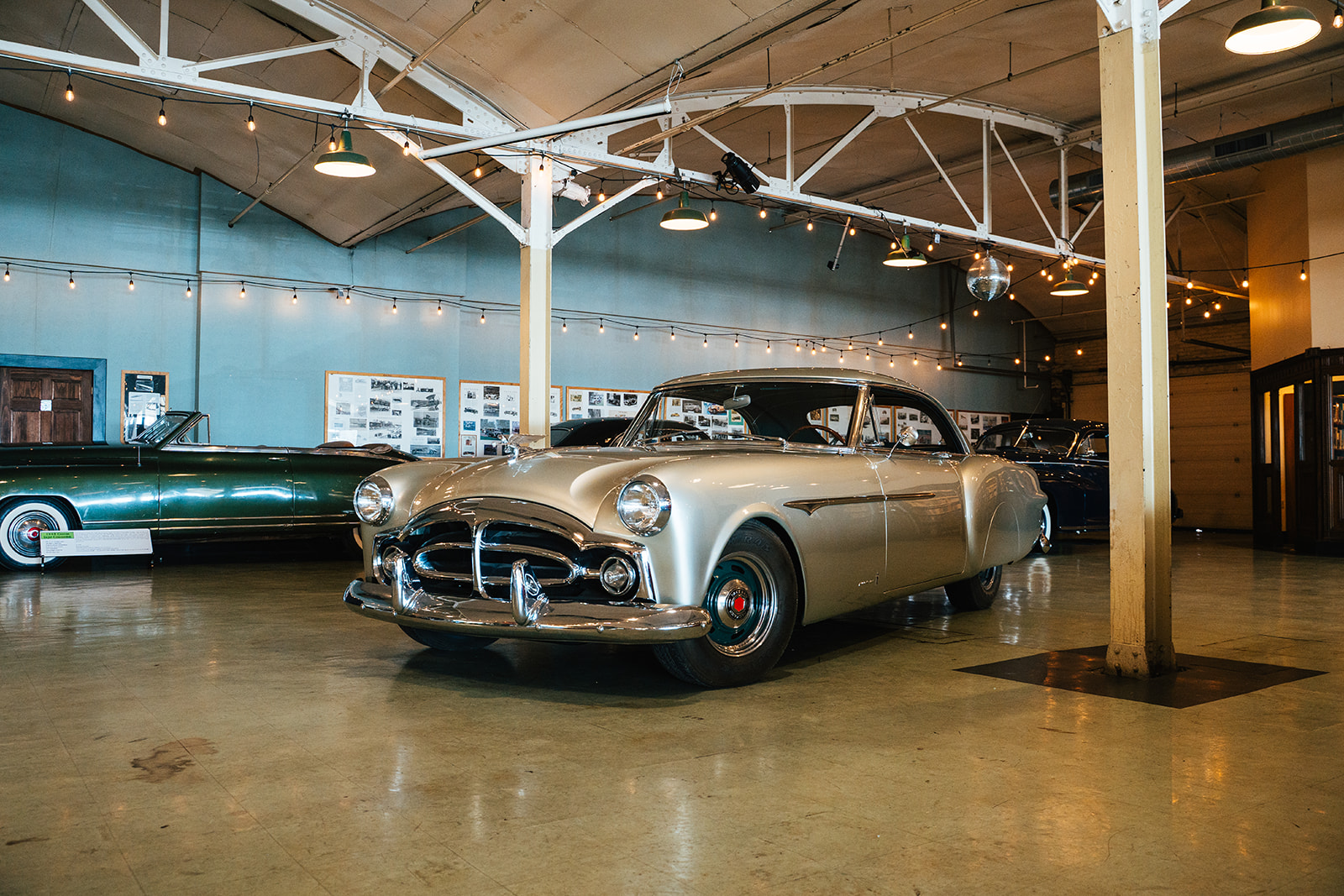





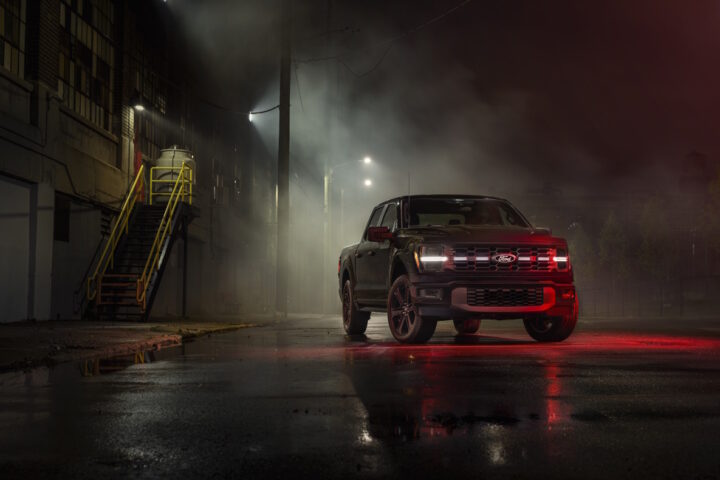
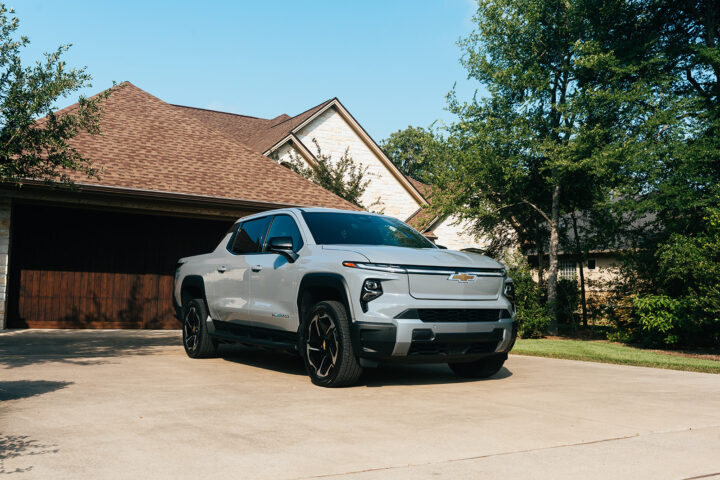

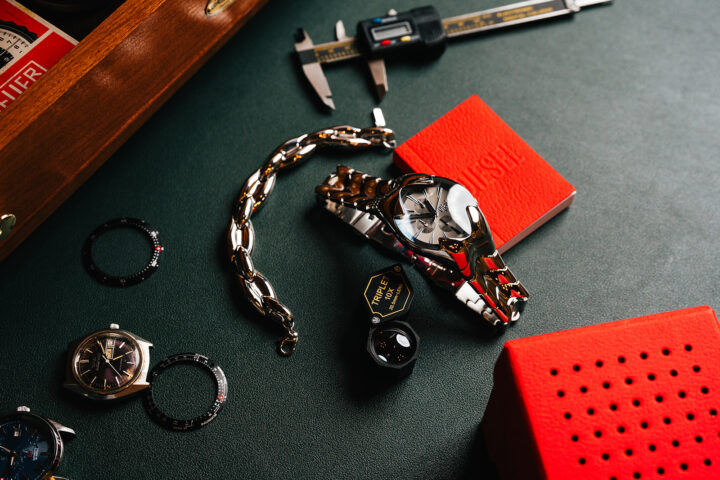

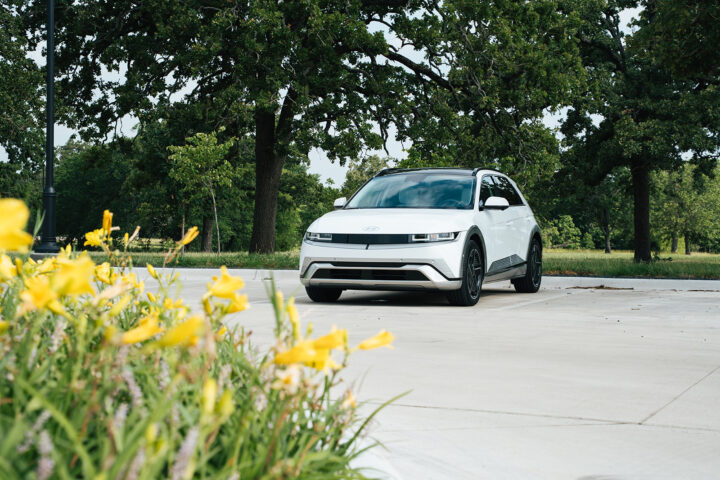
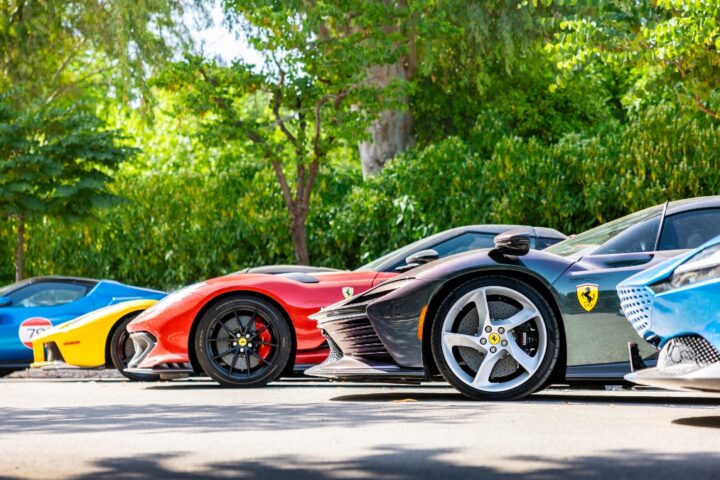
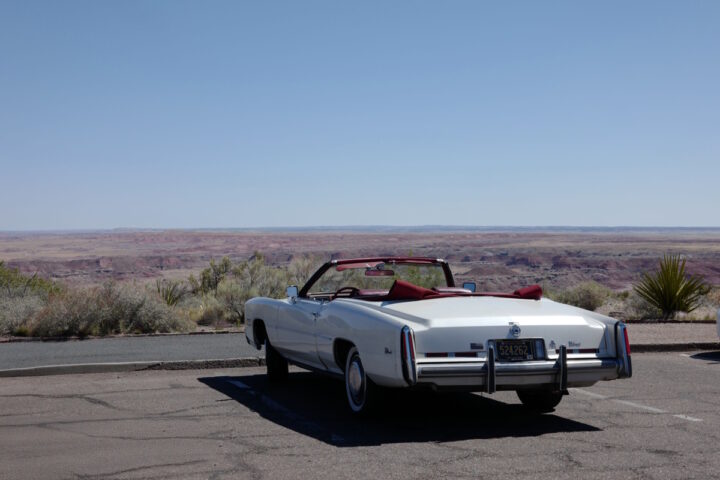







Never heard of this car, don’t know if I will ever make it to Dayton, but this is beautiful.
Love that people are building these concepts from the past that were never made.
This is a really amazing car, would have never heard of it, if it wasn’t for your email newsletter.
This car should have been built and raced in the La Carrera
I saw it at the 2016 Benedict Castle car show… it was real nice to be surprised by it! https://justacarguy.blogspot.com/2016/04/1952-packard-pinin-farina.html
This car looks so massive, but super cool, like an American Rolls-Royce Phantom.
One of my favorite museums, but you need to go over to the Auburn Duesenberg Cord Museum in Indiana. American used to make the best and most beautiful cars in the world.
The Packard Museum is now on our list for our next trip back to Ohio to visit family!
Such a unique car, sad that it is basically a replica since they never built it.
Adding this to our list of museums to visit on our next road trip through Ohio
This car is a vibe
Saw this car at an event in california many years ago, so pretty in person.
Someone needs to bring the Packard brand back as a custom luxury brand based on Lincolns or Cadillacs.
Need to build a La Carrera Packard one of these days.
Looks like a great place to visit on my next trip to Ohio.
Here, you can easily find cars like this in California, this is probably the only cool car in all of Ohio
The number of unbuilt designs they must have would be amazing to do a full story on, you need to reach out to them and see they will share any other designs for a story.
This in Ferrari Red with soft camel leather interior would be perfection.
This would make a great wedding car
So is this site is just for rich guys and their toys. How about something for the working class that will never own a cool old car because they just have to work so guys who own stuff like this car get just one more classic or supercar.
There are a ton of reviews of everyday cars from the Nissan Sentra to story on the SLATE. Some people just love collecting old cars.
How many kids today do you think even know what a Packard is? Sad that so many great American companies have been lost to time.
Did the make a body buck and does it still exist?
Seeing this story shared everywhere. It is like everyone all of a sudden discovered it. It has been around for years and shown many events.
How much would it cost to build another one?
You would need to talk to Pininfarina about that!
This is class on wheel, I bet it turns more heads than an exotic.
This was just shared on a lowrider subreddit, someone needs to do a photoshop of this car as a lowrider
This thing would look amazing as a traditional lowrider
Found this site thanks to Reddit, so much good stuff, Reddit for the win again.
Calling this thing “the Parisian” and not taking it to France for a rally is a crime.
With this platform I hope you can get more of these cars online so people can learn about them. All the magazines are dead.
Please do more stories on these unknown classics
That green interior is perfect, would like to see more unbuilt designs from history built
这款车完美融合了美式奢华与意式设计。令人着迷的是,它们如何将欧式风格融入这个经典的美国品牌。这确实是一件超越时代的杰作。
As someone who owns a ’51 Packard, this is both inspiring and a little heartbreaking. It shows what the brand was capable of if they’d been given the right support.
While the design is impressive, I can’t help but think that Packard missed an opportunity by not putting this into production back in the ’50s. It could have changed the trajectory of the brand.
Sure it looks great, but this is another one-off fantasy for the Pebble Beach crowd. Most enthusiasts will never even see this car in person, let alone get near it.
Reading about the meticulous effort to recreate this concept car decades later is inspiring. It’s a labor of love that preserves a piece of automotive history.
I’ve been absent for a while, but now I remember why I used to love this site. Thanks , I will try and check back more often.
I usually lean toward full-fendered American classics, but this is something else entirely.
Hi there! I’m at work surfing around your site from my new iphone! Just wanted to say I love reading through your blog and look forward to all your posts! Keep up the excellent work!